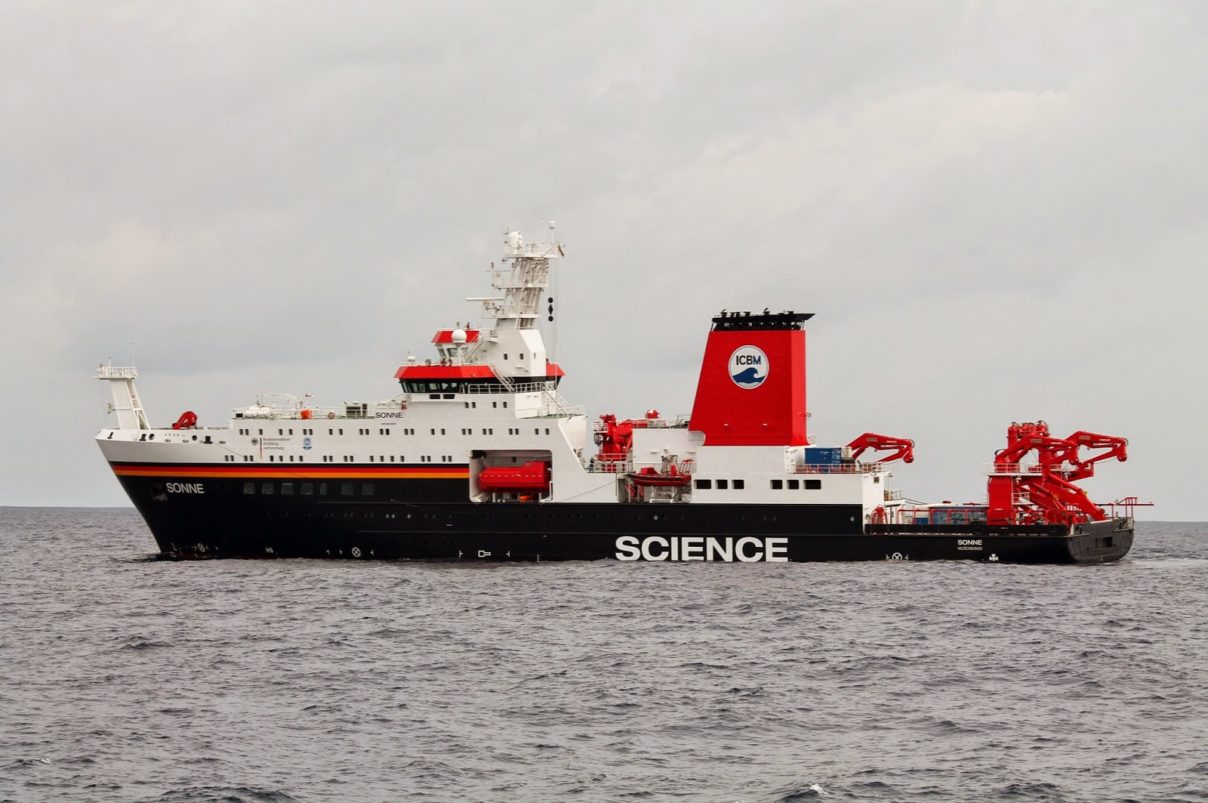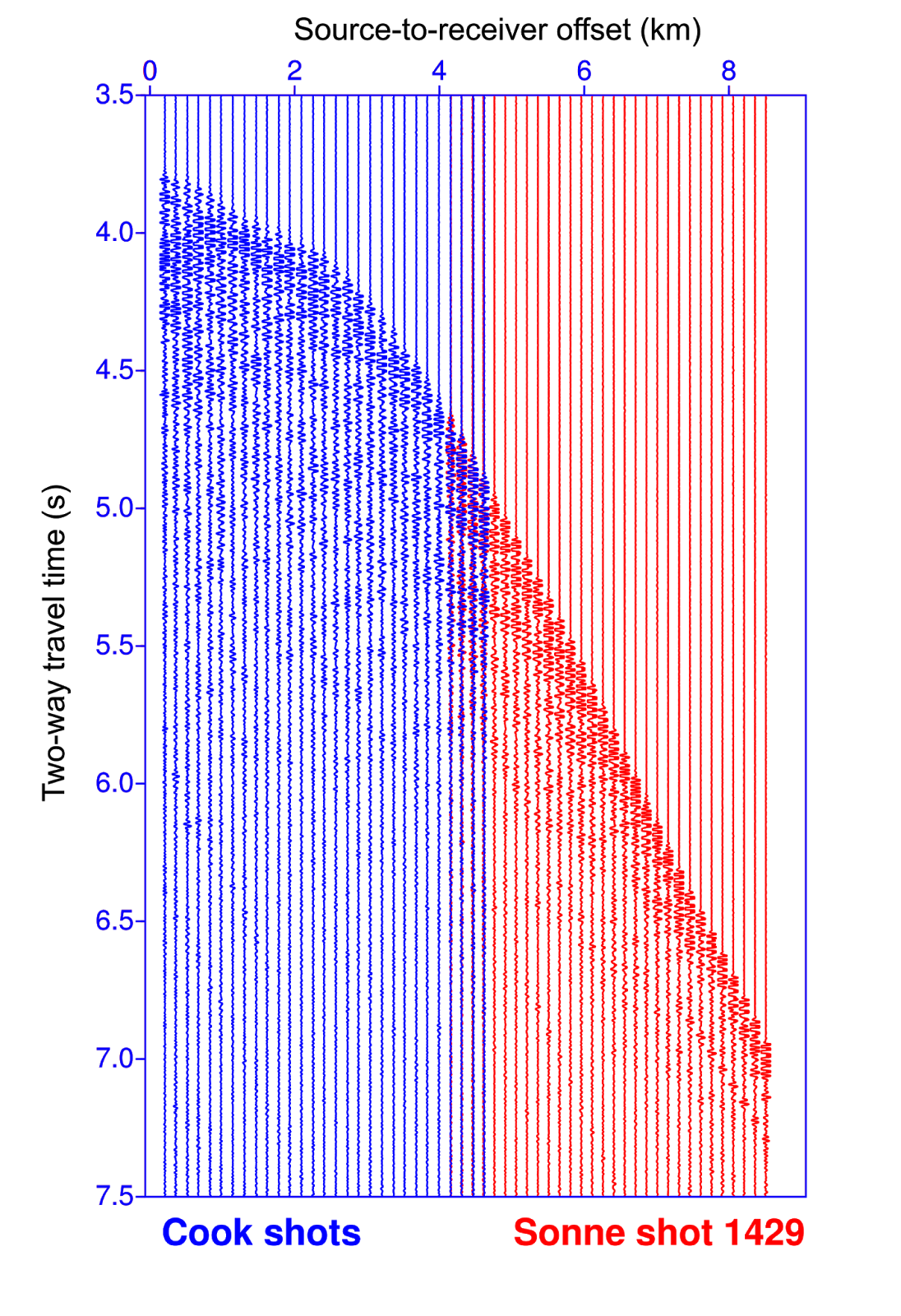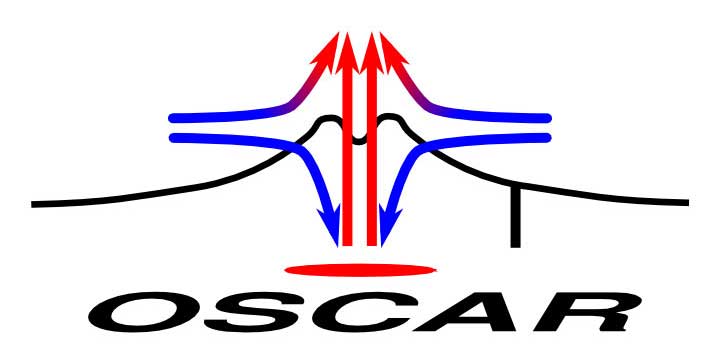SCIENCE WITH RV SONNE
For five days we had something new to look at on the horizon – sehr schön. The new German Science vessel, RV Sonne, joined us as we led a merry dance from drill site 504B to the Costa Rica Rift and back, then up to the Rift one more time. Following at a distance of ~9 km, the German ship rolled out their airgun source (G-guns) and opened up.

The sensors of the OBSs were tingling as the ground moved (see previous post) in tune to a total of 19,170 shots fired in repeat pattern: GI guns, Bolt guns and G-guns. Also caught in the firing line was the multichannel streamer. Still towed by the Cook (see post on reflection data), the 4.5 km hydrophone serpent felt waves of seismic energy wash over it from both ends.
The use of multiple seismic sources firing to one streamer in this layout is known as synthetic aperture profiling. This layout allows us to record energy arriving from greater distances without towing a longer streamer – wünderbar. The energy from the Cook’s guns arrives at source-to-receiver offsets of 0 to 4.5 km. Additionally, the energy from the Sonne’s guns arrives at source-to-receiver offsets of 4.5 to 9.0 km.
All that’s left to do is some clever ‘wiggle knitting’ – alles klar! The arrivals from each source are separated and stitched back together by matching the common reflection points and accounting for the different directions the energy has travelled.

In the end we have a dataset that bridges the gap between the standard MCS reflection data and the OBS refraction data. The extended source-to-receiver offsets gained by synthetic aperture profiling can tell us a great deal about the velocity structure of the sediments and upper crustal rocks.
